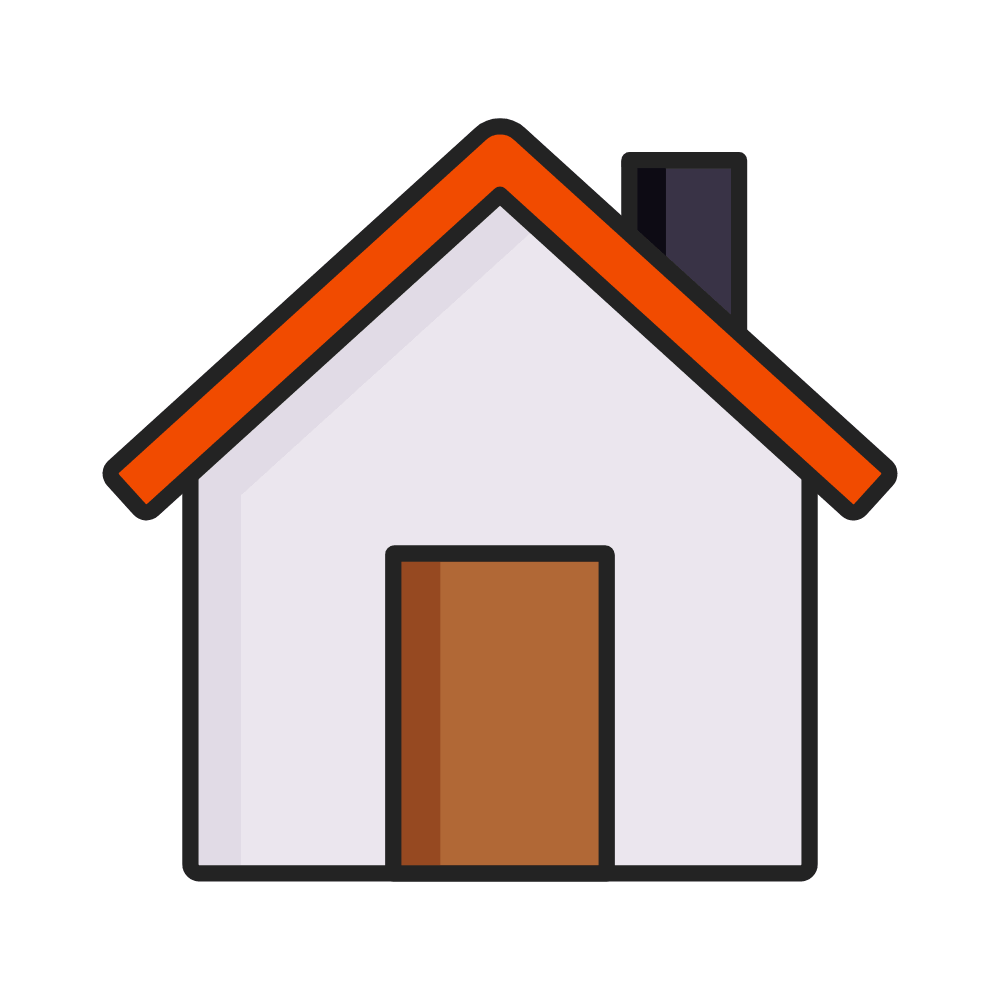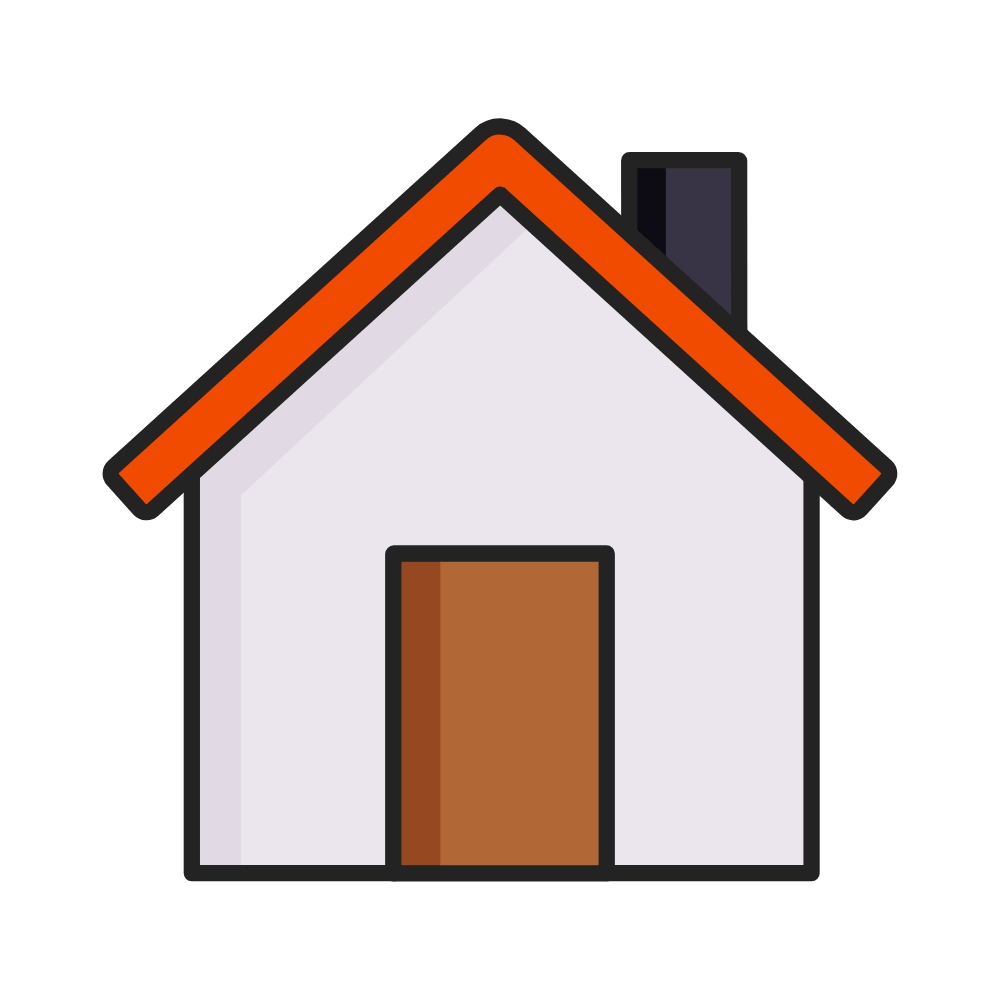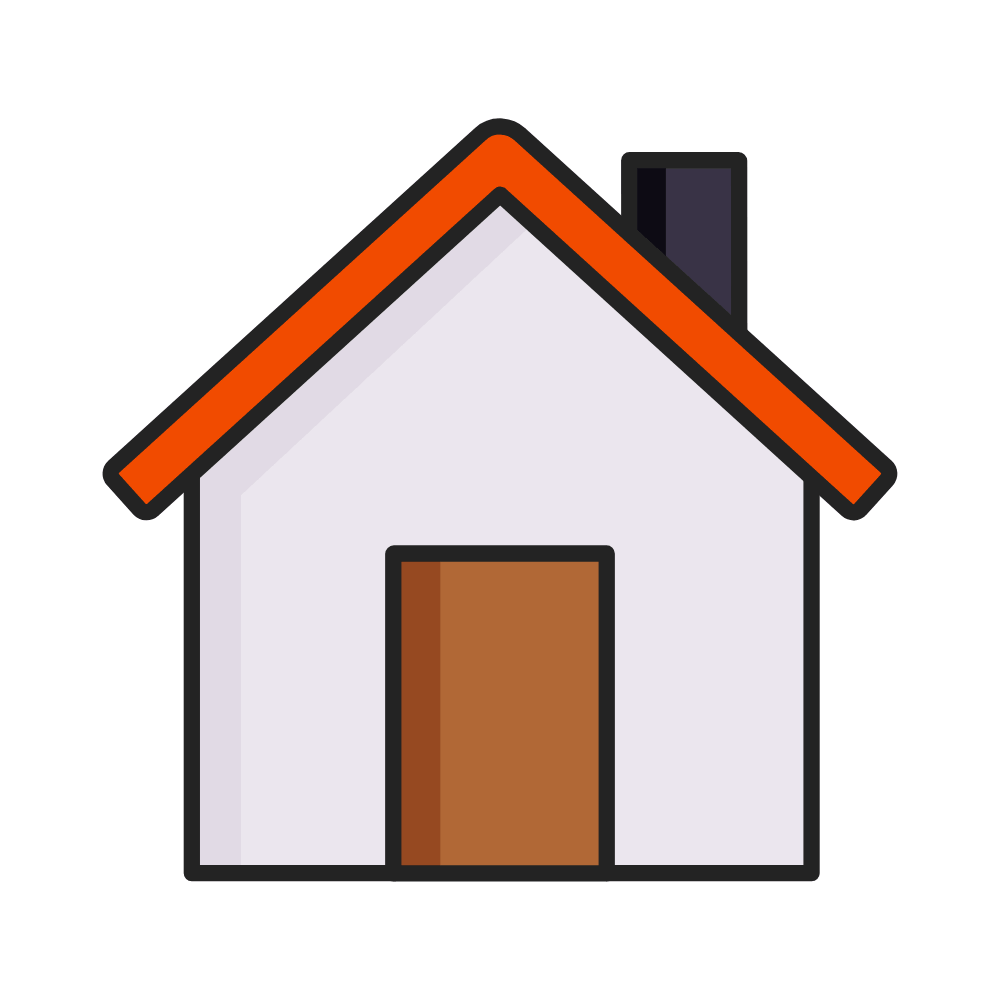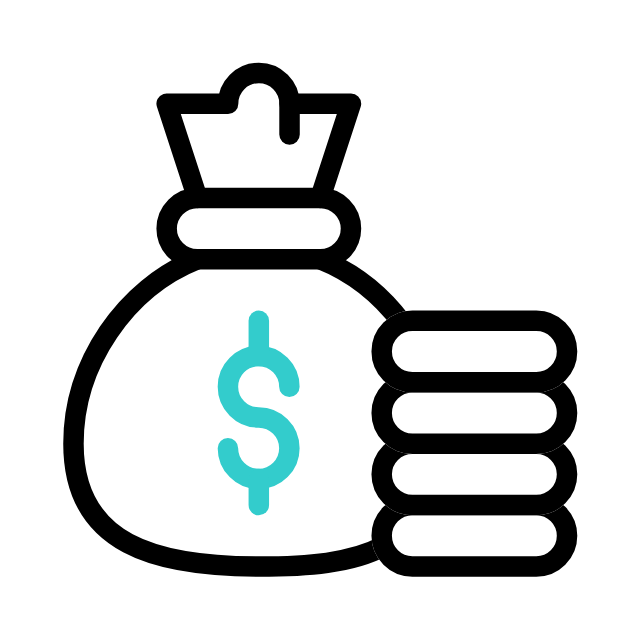Designing the Perfect Home GIF Icon: Significance, Best Practices, and Technical Implementation
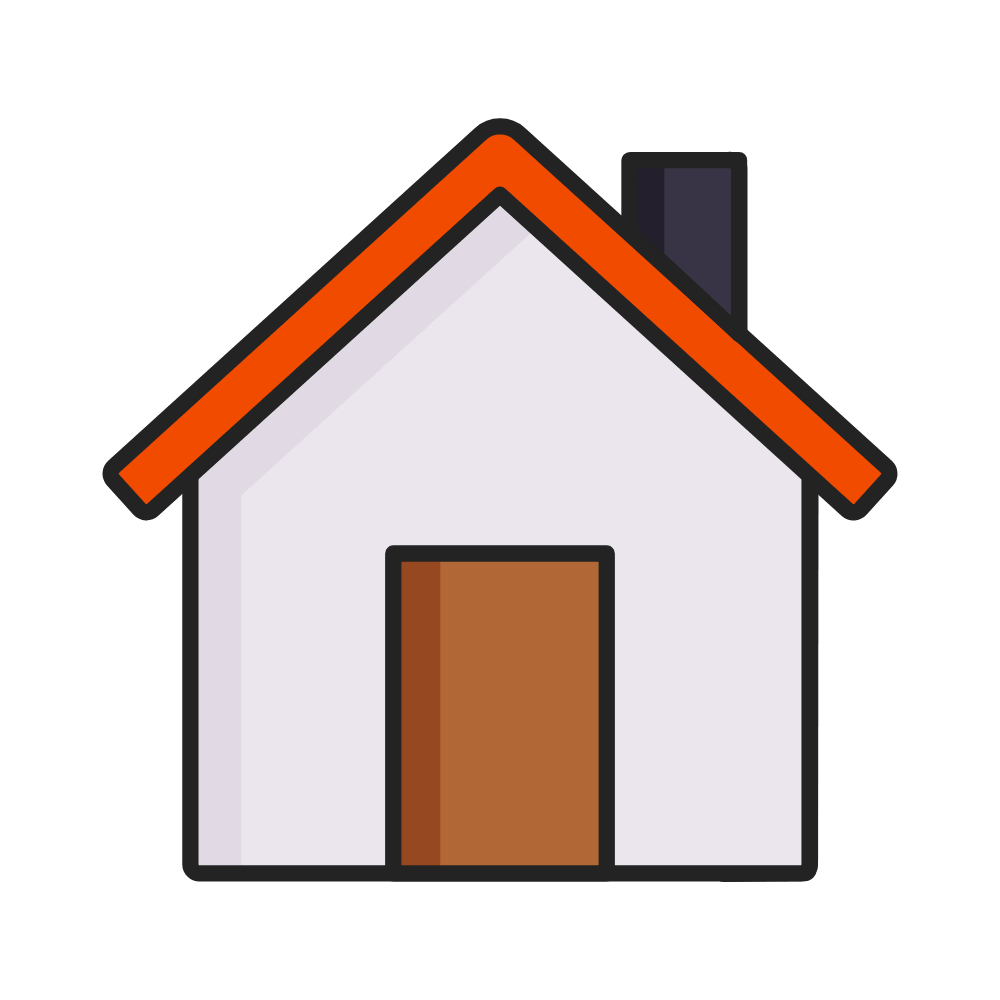
The home icon is a cornerstone of modern digital interfaces, serving as the anchor to return to the main page or starting point of an app or website. When combined with animation, the home icon becomes not just a functional element but an engaging, dynamic part of the user experience. This article explores the design principles, technical implementation, and real-world uses of animated home GIF icons, providing valuable insights for designers and developers who aim to create compelling, user-friendly digital environments.
1. The Symbolism of the Home Icon
- Universal Recognition
- The home icon is a universal symbol for the homepage or main navigation point, widely recognized across devices and platforms. Whether in the form of a simple house silhouette or a more complex design, it holds the promise of bringing users back to the familiar starting point of their journey.
- Emotional Connection
- Home is an emotionally charged concept for users, often evoking feelings of safety, comfort, and direction. Animating the home icon can amplify these feelings by adding an extra layer of dynamism, drawing attention and reinforcing the icon’s importance.
2. Design Principles for Home GIF Icons
- Simplicity & Clarity
- The home icon must be instantly recognizable and clear at various sizes, especially when scaled down for mobile devices. Keep the design simple and avoid adding intricate details that could clutter the icon at smaller resolutions.
- Subtle Animation
- Use motion sparingly to enhance the icon without overwhelming the user. Animations like gentle pulsing, subtle bouncing, or a “shine” effect can draw attention to the icon without being too distracting.
- Consistency in Motion
- If used across different states (e.g., hovered, clicked, or active), ensure the animation stays consistent. The effect should feel integrated with the overall site or app design, contributing to the overall user experience rather than standing out as an isolated element.
- Color and Contrast
- Ensure the icon stands out against various backgrounds by selecting contrasting colors. The animation should enhance the icon’s visibility, not detract from it. For example, a home icon with a glowing effect may help it stand out against dark or busy backgrounds.
3. Types of Animations for Home Icons
- Pulse Animation
- A soft pulsing animation can create a sense of motion while keeping the icon subtle and not too overpowering. It is great for making the home icon feel active and inviting.
- Bounce Animation
- A quick bounce effect upon hovering or clicking mimics a tactile interaction, providing users with immediate feedback. It is ideal for playful or informal apps.
- Shine or Glow Animation
- Adding a glowing or shining effect can create emphasis, especially when the home icon is featured prominently in the design, guiding users’ attention to the most important feature.
- Slide or Zoom Animation
- A smooth sliding or zooming effect that leads the user back to the home screen gives a feeling of movement and direction, contributing to the app’s fluid experience.
- Hover Effects
- Hover effects can include changing the icon’s color, size, or shadow when the user interacts with it. These provide immediate feedback and make the interaction more engaging.
4. Implementation Techniques
- SVG + CSS Animations
- Using SVG for your home icon allows for infinite scalability, meaning it will look sharp on all screen sizes and resolutions. CSS animations can then be applied to animate the icon, such as a hover effect or a transition that occurs when users click the icon to return home.
- Example:
.home-icon { transition: transform 0.3s ease-in-out; } .home-icon:hover { transform: scale(1.1); }
- GIF Animations
- GIFs are often used for simple animations. They offer the advantage of being easy to create, with the trade-off of larger file sizes compared to CSS or SVG animations. You can create looping animations, like a pulsing effect or a gentle bounce, to add liveliness to the home icon.
- Lottie Animations
- Lottie is a powerful tool for creating animations that are both lightweight and highly customizable. Lottie animations can be exported from After Effects as JSON files and rendered in mobile and web applications, providing smooth, high-quality animations.
- WebP and APNG for Performance
- WebP and APNG formats offer better compression than GIFs, which can help reduce load times and improve performance. While WebP is widely supported across modern browsers, APNG may have limited compatibility. These formats are ideal for more intricate animations without sacrificing performance.
5. Best Practices for Home Icon GIFs
- Optimization for Speed
- Optimize GIFs, WebP, or APNG files to ensure that they load quickly. Use tools like ImageOptim, TinyPNG, or Squoosh to compress files while maintaining visual quality.
- Responsive Design
- Ensure your home icon and its animations work across various screen sizes and orientations. For mobile-first design, make sure the icon remains legible and accessible on smaller screens.
- Minimal Animation for Focus
- Keep the animations subtle and short in duration. Aim for a loop duration of 500–800 ms to maintain visual engagement without distracting the user.
- Testing Across Devices
- Test the animation on various devices, browsers, and screen sizes to ensure consistency and performance. It is crucial that the animation behaves as expected on mobile devices, desktop computers, and tablets.
6. Real-World Applications
- Web Navigation
- The home icon is a central component of navigation on websites. An animated home icon can make the return-to-home action more intuitive and visually appealing, helping users easily find their way back to the homepage.
- Mobile Apps
- Mobile apps often include a floating home icon for easy navigation between screens. A subtle animation when tapped or hovered helps to draw attention to the icon, especially on content-heavy screens.
- E-Commerce Websites
- For e-commerce websites, an animated home icon can be used as part of the site’s branding, providing a unique experience when users browse different product categories and return to the main page.
- Portfolio or Personal Websites
- Personal websites and portfolios often feature custom-designed home icons. Animated effects here can showcase creativity and add a personalized touch to the site, encouraging user interaction.
7. Accessibility and User Experience Considerations
- Reduced Motion Preferences
- Respect users’ preference for reduced motion by providing static versions of animated icons for those who have enabled reduced motion settings in their operating system.
- Color Contrast
- Ensure the home icon has sufficient contrast against its background to remain legible for users with visual impairments. This also includes ensuring the icon’s animation does not obscure important content.
- Clear Labeling
- Add tooltips or ARIA labels to the home icon to assist screen reader users in understanding its purpose. A simple “Return to homepage” description can be helpful.
Animated home GIF icons are a powerful tool to enhance user experience, providing not only functional navigation but also a sense of engagement and interactivity. By following design principles, implementing smooth animations, and optimizing for performance, designers can create memorable and accessible digital environments. Whether for websites or mobile apps, the home icon’s subtle animations can help users feel more connected to the content and the interface, guiding them back to the starting point with ease and style.


